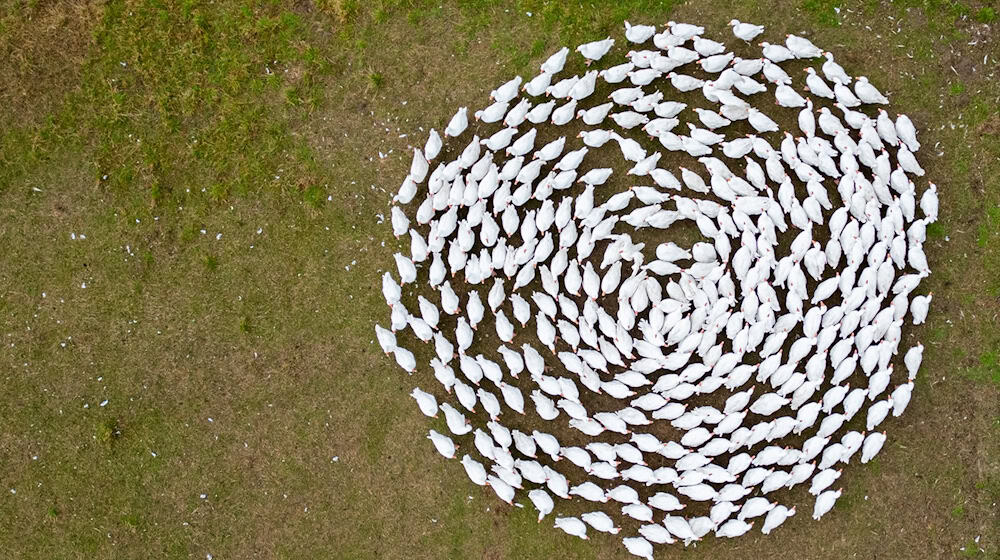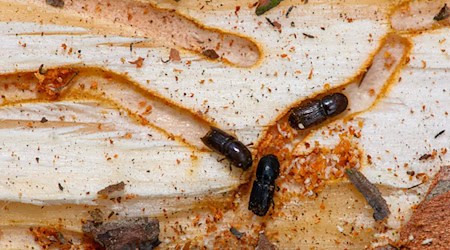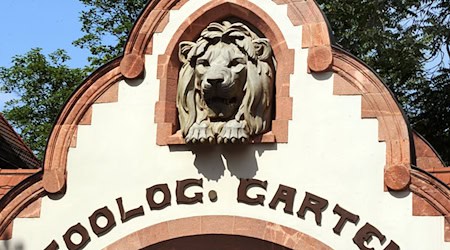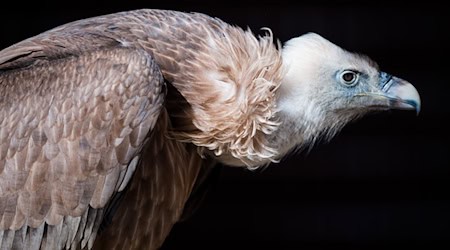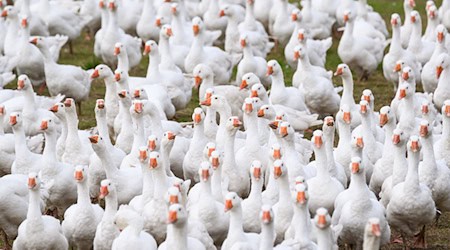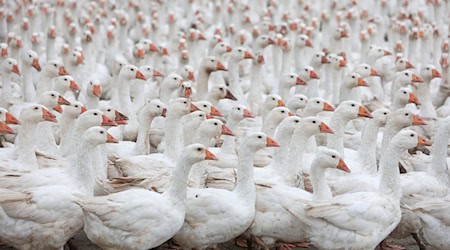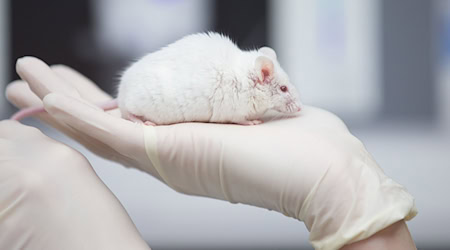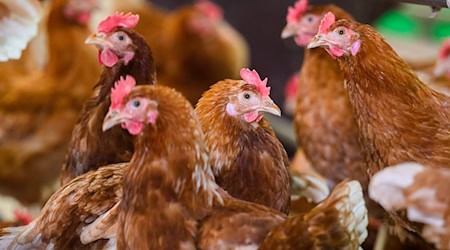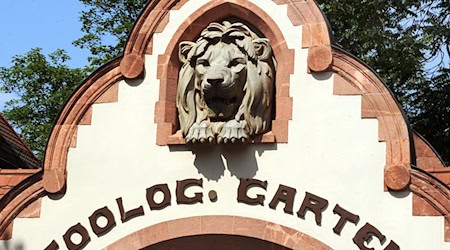Saxony's largest goose farmer Lorenz Eskildsen sees vaccination as the only way to get the problem of bird flu under control. "I can't imagine any other way than to vaccinate all over the world," said the operator of two large goose farms in Wermsdorf (district of North Saxony) and Königswartha (district of Bautzen).
"The international community is reluctant to do so because it is feared that viruses will be spread via the meat," said Eskildsen. "But there is a need for action." The devastation that avian influenza causes worldwide every year is gigantic,
Saxony has been spared so far, but vigilance is required
The current wave of bird flu has obviously not yet reached Saxony - but poultry farmers should be vigilant, emphasized the Saxon Poultry Farming Association. "Our members are trying to protect their poultry flocks as best they can from the introduction of bird flu by means of biosecurity measures," it said in response to a query. The goose markets and farm sales are limited to the marketing of slaughtered geese and processed products. There is no animal contact and therefore no risk to the livestock.
Biosafety increased on goose farms
Eskildsen himself has done a lot in recent years to increase so-called biosecurity. Among other things, his farm is now divided into three epidemiological units, so that in the event of a positive test, not all animals have to be killed, but only those in the affected part. All animals delivered are always tested for the virus.
In addition, he has added winter gardens to the stables for the breeding geese, where the animals are kept outdoors under a roof. This protects them from wild birds flying overhead. His farm stores are designed in such a way that visitors do not come into contact with the farm areas. Eskildsen's popular goose markets in Wermsdorf and Königswartha open as normal on November 1.
Fears during bird migration for 20 years
"This does not reduce the risk to zero, but we reduce it considerably," said Eskildsen. However, only vaccination offers a long-term solution to the bird flu dilemma. He recalled that he had the first major outbreak on his farm in 2006. "We have been living in fears for 20 years with bird migration," said the breeder. "Nothing has happened in 20 years."
According to the Friedrich Loeffler Institute, the wave of avian influenza among wild birds started particularly early this year and mainly affected cranes. As bird migration is still in full swing and the virus pressure from infected migratory birds remains high, experts expect the virus to continue to spread to commercial poultry farms.
Since the beginning of September, more than 30 outbreaks have already been registered on such farms. More than 500,000 chickens, ducks, geese and turkeys have already been killed and disposed of as a precautionary measure to eliminate sources of infection. Mecklenburg-Western Pomerania, Brandenburg and Lower Saxony have been particularly badly affected so far.
Copyright 2025, dpa (www.dpa.de). All rights reserved

